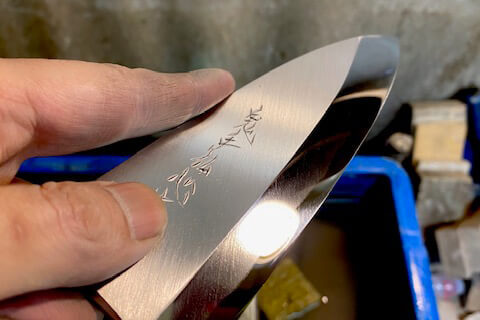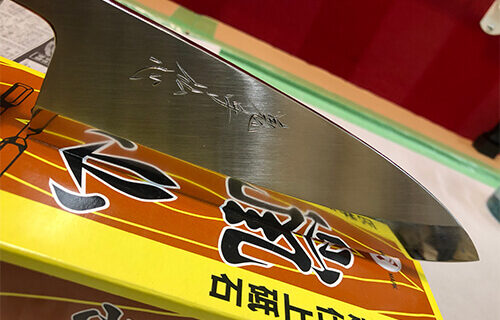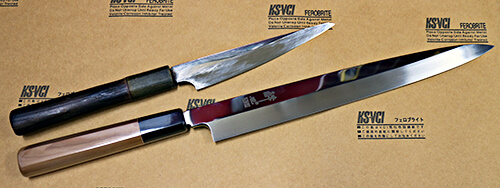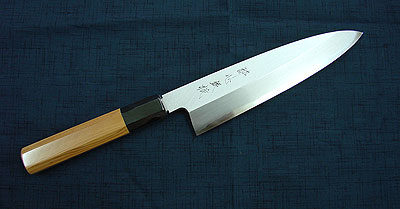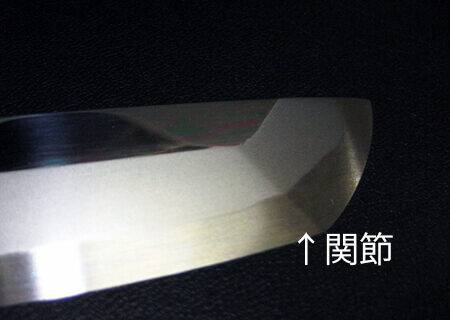The Gin San Ko
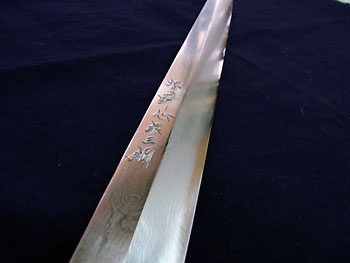
I have been searching for the perfect sharpening stone that pairs well with Ginsanko. Today, after numerous attempts and experiences with sharpening Ginsanko knives, I finally found it. Ta-da! It’s the Kitayama stone that has given me the desired edge.

The Kitayama stone is commonly available for around 5,000 yen.
However, simply sharpening without a plan won’t yield good results!
↑ There are certain limitations and considerations to keep in mind (ーー;
Firstly, when giving the final edge, it is crucial to remove any clogging effectively. Make sure to contact the blade with the actual particles of the sharpening stone. *It’s the metabolism of the stone!!!
Kitayama comes with Nakura stone, so use it to remove any clogging. After rinsing away all the mud that comes out, you must sharpen the knife! If you leave this mud, it will result in a rough edge. (←The key is to have a smooth edge ^。^)
In addition, pay attention to the structure of the blade tip.
Steel types that are resistant to rust greatly benefit from adding Itohiki, which significantly improves edge retention. To maintain the sharp edge achieved by Kitayama, always use Itohiki!
I believe that the cause of slipping beyond a certain point with Ginsanko lies here. In exchange for being resistant to rust (giving some leeway in terms of rusting speed), you need to be creative in your sharpening! Oh dear!
When it’s perfectly aligned, you can effortlessly shave your arm hair just by stroking it. That’s how sharp the edge becomes, which is the beauty of this steel. The challenge lies in how well you can maintain it! The depth of sharpening is where the true art lies…
By the way, it’s not possible to achieve a miracle edge due to the nature of Ginsanko steel!
If you own a Ginsanko knife, please give it a try.
hibishugyo 2009-09-16
